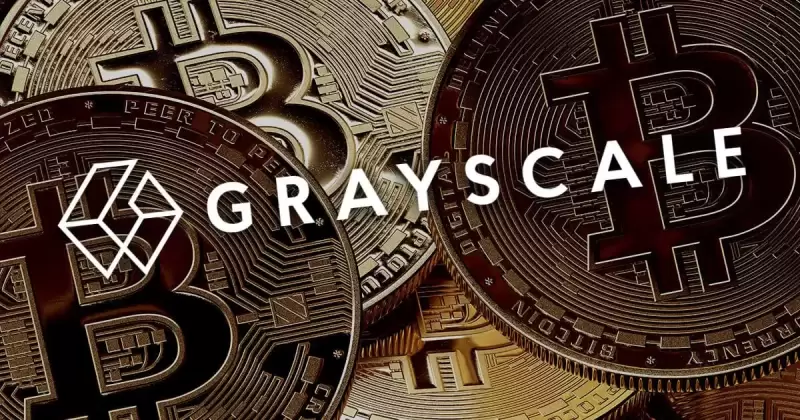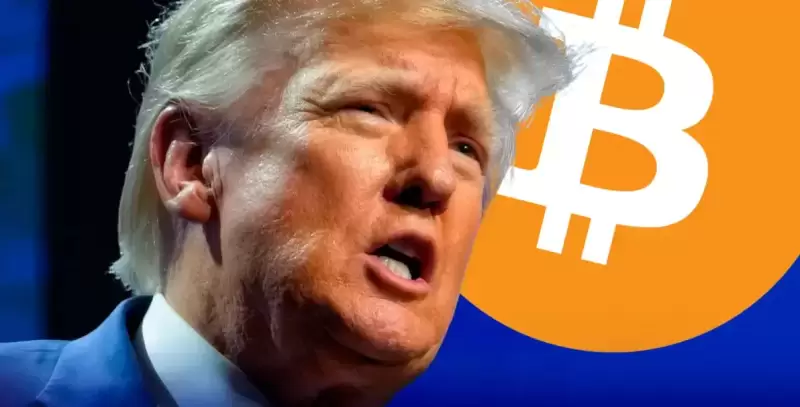 |
|
 |
|
 |
|
 |
|
 |
|
 |
|
 |
|
 |
|
 |
|
 |
|
 |
|
 |
|
 |
|
 |
|
 |
|
Crypto is going mainstream in America, and it’s not an April Fools’ joke. In a move that underscores the evolving and even productive relationship

Crypto is going mainstream in America, and it’s not an April Fools’ joke. In a move that underscores the evolving and even productive relationship between traditional finance and the cryptocurrency sector, Circle Internet Financial is reportedly preparing for an initial public offering (IPO) slated for late April, according to a report by Bloomberg.
Circle, the issuer of the USDC stablecoin, previously attempted to go public via a special purpose acquisition company (SPAC) in 2021, but that effort was abandoned in December 2022 amid a challenging regulatory environment under the Securities and Exchange Commission (SEC) led by then-Chairman Gary Gensler. However, the current Trump administration has invigorated the crypto sector with its deregulatory focus and laudatory promises to make the U.S. the “crypto capital of the world.”
In a sign of the times, the SEC has to-date dismissed or halted at least eight cases against crypto firms, including some of the industry’s most high-profile names. For their part, domestic crypto firms are taking advantage of the new environment. Cryptocurrency firm Gemini, headed by billionaire twin brothers Cameron and Tyler Winklevoss, has also filed confidentially for an IPO; while cryptocurrency exchange Kraken is reportedly preparing to go public as soon as the first quarter of 2026.
But Circle, a stablecoin issuer, has a different business model and plays a different role in the crypto landscape than both Gemini and Kraken. As such, Circle’s public debut has the potential to reshape competitive dynamics, enhance transparency, spur adoption, sway investor sentiment, and influence regulatory discourse around stablecoins in the U.S. and internationally.
The report from Bloomberg also notes that Circle’s listing could be relevant for the broader picture of U.S. FinTech, especially in terms of how it compares to PayPal. Both firms are highly regulated and publicly visible, and both are vying to offer the most trusted digital dollar.
With its stronger capital position after the IPO, Circle may be able to offer incentives or improved infrastructure (APIs, custody solutions, insurance, etc.) to institutional clients. In the realm of U.S. crypto IPOs, the largest to date was Coinbase’s debut in 2021, with an initial valuation of approximately $86 billion.
As of reporting, Coinbase has a market cap of $43.7 billion, and an enterprise value of $38.5 billion. In contrast, Circle is reportedly seeking a valuation of up to $5 billion, and has enlisted financial giants JPMorgan Chase and Citi to facilitate its IPO. The two banks also worked on Coinbase’s IPO.
Internationally, Circle’s IPO positions USDC to challenge Tether (USDT), the long-dominant global stablecoin, more aggressively. Tether maintains a commanding share of the stablecoin market, presenting around 70% or about $130-140 billion in supply; a slice of the pie far above USDC’s roughly 20% share. Still, unlike Circle, Tether’s issuer remains private and less transparent, which has resulted in scrutiny about its reserves.
That said, Tether has deeply entrenched liquidity and user trust in many crypto markets, especially in Asia and emerging markets.
See Also: Compliance Divides Stablecoin Market: Why CFOs And Treasury Teams Should Care
As Circle prepares for its IPO, the company's journey has been marked by regulatory hurdles. When the company's SPAC deal fell through last year, it was amid a challenging regulatory environment under the SEC led by then-Chairman Gary Gensler.
However, the current Trump administration has invigorated the crypto sector with its deregulatory focus and laudatory promises to make the U.S. the “crypto capital of the world.” In a sign of the times, the SEC has to-date dismissed or halted at least eight cases against crypto firms, including some of the industry's most high-profile names.
For their part, domestic crypto firms are taking advantage of the new environment. Cryptocurrency firm Gemini, headed by billionaire twin brothers Cameron and Tyler Winklevoss, has also filed confidentially for an IPO; while cryptocurrency exchange Kraken is preparing to go public as soon as the first quarter of 2026.
But Circle, a stablecoin issuer, has a different business model and plays a different role in the crypto landscape than both Gemini and Kraken. As such, Circle's public debut has the potential to reshape competitive dynamics, enhance transparency, spur adoption, sway investor sentiment, and influence regulatory discourse around stablecoins in the U.S. and internationally.
The report from Bloomberg also notes that Circle's listing could be relevant for the broader picture of U.S. FinTech, especially in terms of how it compares to PayPal. Both firms are highly regulated and publicly visible, and both are vying to offer the most trusted digital dollar.
With its stronger capital
Disclaimer:info@kdj.com
The information provided is not trading advice. kdj.com does not assume any responsibility for any investments made based on the information provided in this article. Cryptocurrencies are highly volatile and it is highly recommended that you invest with caution after thorough research!
If you believe that the content used on this website infringes your copyright, please contact us immediately (info@kdj.com) and we will delete it promptly.
-

-

-

-

-

- Fidelity launches new retirement accounts that will allow Americans to invest in crypto nearly fee-free
- Apr 03, 2025 at 09:05 am
- Fidelity, a financial services company with $5.9 trillion in assets under management, has introduced new retirement accounts that will allow Americans to invest in crypto nearly fee-free.
-

- AAVE Price Dipped Following Large-Scale Whale Sell-offs, But Technical Charts Hint at a Potential Bullish Reversal
- Apr 03, 2025 at 09:05 am
- AAVE price dipped following large-scale whale sell-offs, but technical charts hint at a potential bullish reversal. Despite bearish pressure, analysis suggests the token may still rally toward $628
-

-

-



























































